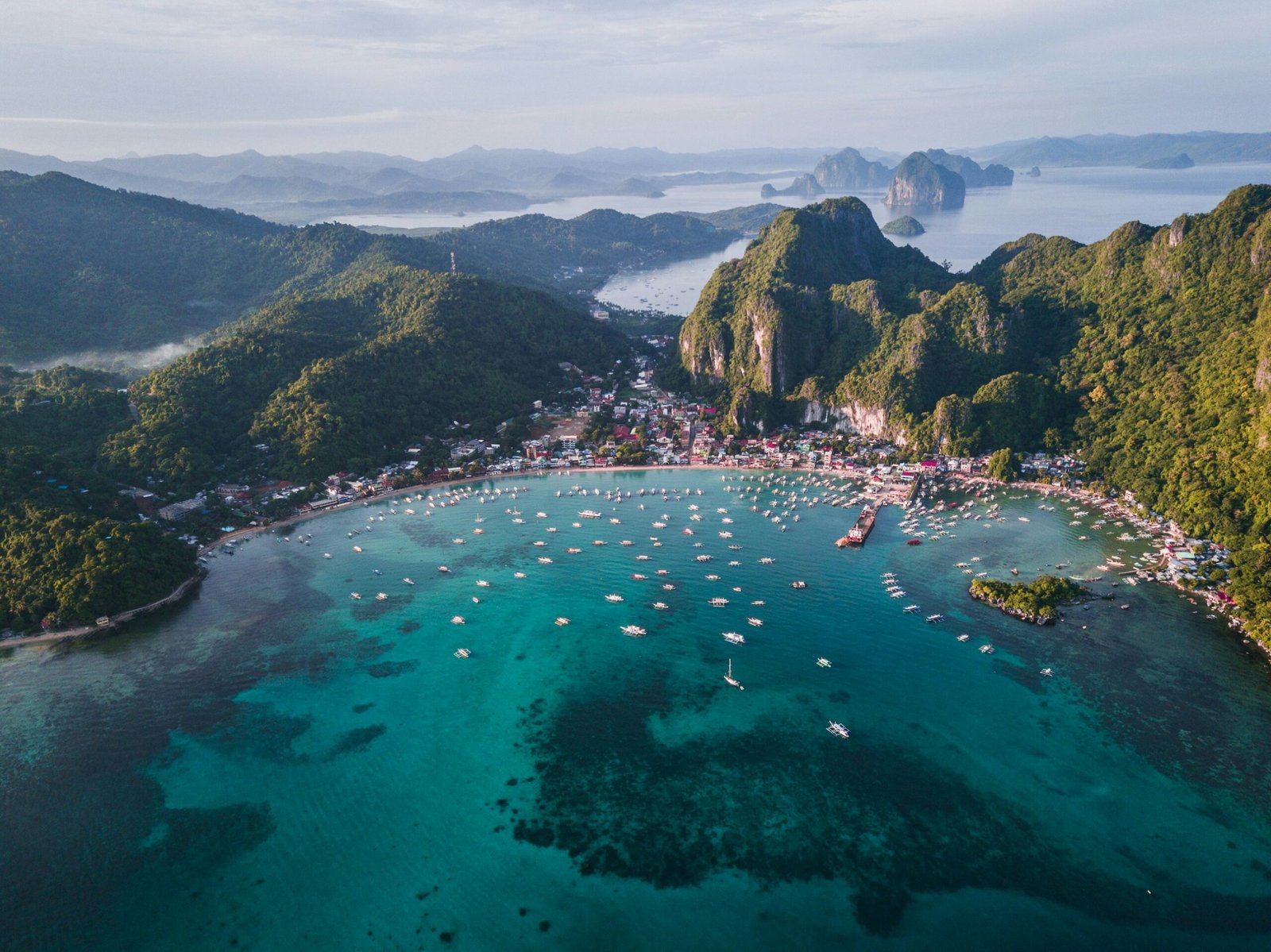Introduction
Welcome to the Philippines! This beautiful Southeast Asian country is known for its stunning landscapes, vibrant culture, and warm hospitality. Whether you’re planning to visit, stay, work, study, or do business in the Philippines, this guide will provide you with all the essential information you need to make the most of your experience.
Location and Surface Area
The Philippines is an archipelago located in Southeast Asia. It consists of over 7,000 islands, making it the second-largest archipelago in the world. The country is situated in the western Pacific Ocean and is bordered by the Philippine Sea to the east. With a total land area of approximately 300,000 square kilometers, the Philippines offers diverse landscapes ranging from pristine beaches and tropical rainforests to towering mountains and bustling cities.
Climate
The Philippines has a tropical climate characterized by high temperatures and humidity throughout the year. The country experiences two main seasons: the dry season (November to April) and the wet season (May to October). The average temperature ranges from 25°C to 32°C (77°F to 90°F), depending on the region. It’s important to note that the Philippines is prone to typhoons during the wet season, so it’s advisable to check weather updates before planning your visit.
Fauna and Flora
The Philippines boasts a rich biodiversity, with numerous endemic species found nowhere else in the world. From colorful coral reefs teeming with marine life to lush forests inhabited by unique wildlife, nature lovers will be in awe of the country’s natural treasures. The Philippines is home to various species of birds, mammals, reptiles, and plants, making it a paradise for ecotourism and wildlife enthusiasts.
Attractions
There are countless attractions to explore in the Philippines. From the stunning white-sand beaches of Boracay and Palawan to the UNESCO World Heritage Sites of Vigan and the Rice Terraces of the Philippine Cordilleras, the country offers a wide range of experiences for every type of traveler. Don’t miss the vibrant capital city of Manila, where you can immerse yourself in history, art, and delicious cuisine.
Population and Languages
The Philippines is a diverse country with a population of over 100 million people. Filipinos are known for their warm and friendly nature, and English is widely spoken and understood, making it easy for visitors to communicate. The country also has two official languages: Filipino (based on Tagalog) and English.
Culture and Customs
The Philippines has a rich cultural heritage influenced by Malay, Spanish, and American traditions. Filipinos are known for their strong family ties, hospitality, and festive spirit. The country celebrates numerous colorful festivals throughout the year, showcasing traditional dances, music, and cuisine. When visiting the Philippines, it’s important to respect local customs and traditions, such as removing your shoes before entering someone’s home and using “po” and “opo” as signs of respect.
Hospitality
Filipinos are renowned for their warm hospitality and genuine friendliness towards visitors. You’ll often hear the phrase “Mabuhay!”, which means “Welcome!” in Filipino. Whether you’re staying in a hotel, dining in a restaurant, or exploring local markets, you’ll be greeted with a smile and helpful assistance. The locals are more than happy to share their culture, recommend places to visit, and make your stay in the Philippines memorable.
Main Cities
The Philippines is home to several vibrant cities, each with its own unique charm. Manila, the capital city, is a bustling metropolis where you can discover historical sites, modern shopping malls, and a thriving nightlife. Other notable cities include Cebu, known for its beautiful beaches and vibrant street food scene, and Davao, famous for its durian fruit and nature parks. Each city offers a distinct experience and showcases the diversity of the Philippines.
Airports and Airlines
The Philippines has several international airports, with the Ninoy Aquino International Airport (NAIA) in Manila being the main gateway. Other major airports include Mactan-Cebu International Airport in Cebu and Clark International Airport in Pampanga. Numerous airlines, both domestic and international, operate flights to and from the Philippines, providing convenient access for travelers from around the world.
Visa and Currency
Before traveling to the Philippines, it’s important to check the visa requirements based on your nationality. Some visitors may be eligible for visa-free entry, while others may need to apply for a visa in advance. The currency used in the Philippines is the Philippine Peso (PHP). It’s advisable to exchange your currency at authorized money changers or banks for the best rates.
Conclusion
With its breathtaking landscapes, warm hospitality, and rich cultural heritage, the Philippines offers a truly unforgettable experience for visitors. Whether you’re seeking adventure, relaxation, or cultural immersion, this diverse country has something for everyone. From the stunning beaches to the vibrant cities, the Philippines awaits you with open arms. So pack your bags and get ready for an incredible journey!

